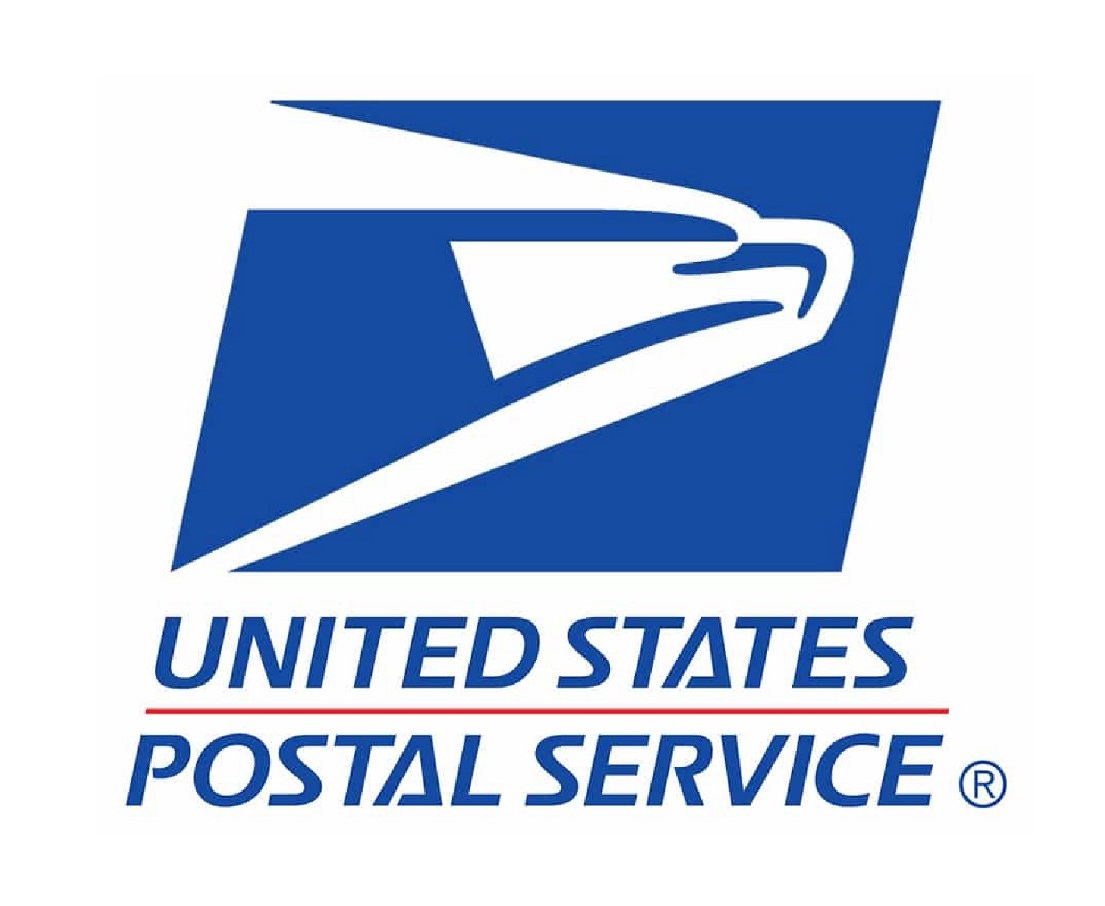Cost and Service Reasons to Consider Alternative Carriers for Your Delivery Network
 If you’re looking for freight cost savings and a backup plan to handle higher than anticipated shipping volumes, it may be time to consider other carriers for specific delivery areas in your network. For many companies, it’s a worthy question − in recent years, e-commerce companies have seen a huge shift in the way residential packages weighing less than five pounds are handled. Up to 50% of these packages are now being delivered through the United States Postal Service (USPS).
If you’re looking for freight cost savings and a backup plan to handle higher than anticipated shipping volumes, it may be time to consider other carriers for specific delivery areas in your network. For many companies, it’s a worthy question − in recent years, e-commerce companies have seen a huge shift in the way residential packages weighing less than five pounds are handled. Up to 50% of these packages are now being delivered through the United States Postal Service (USPS).
Many companies are also using niche carriers and services to handle special handling options, same day delivery and returns.
Two major carriers, FedEx SmartPost and UPS SurePost, are last-mile residential delivery services that use the USPS to handle the final leg. These carriers sort packages to a consolidation area and then move them to a bulk mail center or sorting facility. At that point, the USPS takes over to bring the shipment to everyone’s doorsteps.
However, there are other lower-cost delivery options to consider that can reduce your freight costs and improve your bottom line.
I. Consider Regional Carriers as a Cost, Service and Capacity Alternative
Regional carrier services offer a cost-effective way to handling the same orders. A few of these options include:
- Lone Star Overnight (LSO) in Texas
- Golden State in California
- Speedy Delivery in Minnesota
- Eastern Connections on the East Coast
- OnTrac in the Northwest
These carriers have focused their delivery area to a particular state or region of the country, and base their services and infrastructure on their niche market, which can be defined through one or more of the following factors:
- Geography
- Type of pickup customer
- Type of delivery customer
Benefits of Using Regional Carriers
Regional carriers can offer significant cost savings and service benefits over national carriers. According to SpendMatters, rates for regional parcel carrier services can be 15 − 40%+ lower than UPS and FedEx, depending on the carrier, service selection and shipping patterns. Many offer discounted pricing with a simple contract and often without volume commitments. These carriers, as well as the USPS, may also assess fewer accessorials and surcharges, and in some cases can offer less-costly next-day delivery to distant points greater than those offered by UPS and FedEx Ground.
Many shippers have added regional carriers such as those listed above to their multi-carrier shipping system, along with UPS, FedEx and the USPS. If you’re considering this option, ask your shipping system partner if they have already integrated with these carriers, or what will be required to do so.
II. Work Directly with the USPS
The U.S. Postal Service already delivers to virtually all homes across the country. UPS and FedEx don’t have to send their trucks down narrow streets or mile-long driveways to deliver lighter-weight packages – it makes  more sense for these carriers to leverage USPS at this stage.
more sense for these carriers to leverage USPS at this stage.
Many shippers are already using USPS without gaining the benefit of the USPS lower delivery costs. This is because FedEx and UPS hand off a large volume of their packages to USPS for last mile delivery, but the shipper still hands the UPS or FedEx driver the packages and uses UPS & FedEx services for tracking.
Remember, USPS parcel service has greatly improved. It may be to your advantage to work directly with the USPS. You may find that for certain kinds of deliveries, you can significantly reduce your delivery cost.
The USPS continues to invest in parcel delivery technology and enhance the visibility and tracking of packages in its delivery network, making it a cost-effective and reliable carrier for many companies of all sizes.
Benefits of Working Directly with the USPS
If you’re using a multi-carrier shipping system, you can simply add USPS rates to your system and work with the USPS to make a direct pick-up from your facilities. In doing so, you may be able to take advantage of the following:
- Discounted rates. If you ship packages weighing less than five pounds, for example, you can benefit from discounted rates for these deliveries with USPS, which makes it a cost-effective alternative to UPS or FedEx.
- Reduced surcharges. The USPS has fewer surcharges, which means a lower total freight bill to you. For example, it does not add a surcharge for residential deliveries – a direct reduction in charges compared to other carriers. The USPS also delivers on Saturdays for no surcharge and does not add a fuel surcharge to your costs.
- Lower dimensional rating costs. On USPS shipments, dim factor package rating does not go into effect until you reach the dimensions of a 1-cubic foot box. If you ship many items that fall below that, your shipping costs can be significantly lower than they would be with the major carriers.
- Free packaging. USPS also provides shipment envelopes and boxes at no charge to the shipper. Savvy companies are reducing their packaging costs by using USPS delivery materials to supplement their own material handling packages.
Steps to Consider Alternative Carriers
These are just a few ways to cost-effectively manage residential and improve warehouse operations. It’s very hard to be all things to all people. Regional carriers and the USPS provide different options and savings that no one company could provide, so it is wise to consider adding them to your delivery network.
To determine which carrier makes the most financial sense for a particular type of delivery, you need to know your package metrics. These metrics include:
- Package weight
- Customer location
- How far does the package travel
- Average revenue per package
There is typically greater carrier competition over heavier, longer haul boxes since they are more profitable for a carrier than local, lightweight deliveries. Most regional carriers typically look for common categories such as moving packages from medical companies to hospitals, or books from booksellers to schools. As you track your shipping metrics and learn more about your needs, you can establish whether a particular regional carrier or USPS offers a better service for your business.
III. Regularly Revisit Your Carrier Mix

It’s easy to become complacent over time with carriers especially as the you develop a relationship with the carrier account representative and the terms of service. However, don’t assume that because you have a great discount, a great carrier rep. or a highly negotiated national contract, you’re getting the best possible price. In most cases, other carriers and cost alternatives are available but they simply haven’t been explored.
We recommend that you investigate your carrier options on a regular basis to ensure that you’re truly taking advantage of the best delivery rates and services. Many of our customers make it a priority to evaluate existing and new carriers on an annual basis.
Do a search on the internet to determine which regional carriers service your delivery areas, specifically. Then contact them directly.
New Rules for Negotiating with Carriers
As you consider other carriers and pricing options, keep this in mind – these days everything today is negotiable – pickup times, discounts, surcharges – just about anything.
Many shippers are not aware that they can even negotiate on the actual dim factor used to calculate freight charges with their carriers. Ask all your potential carriers about this – it’s quite possible to end up with non-standard dimensional shipping charges that may be more favorable than those offered by the major domestic carriers while offering faster delivery service and more flexibility for delivery and pickup windows in their area of business.
Pennies Count – Here’s How
Remember, it takes as little as $25 a day of savings to add up to thousands of dollars in reduced freight costs savings over the year. Incremental changes, whether from different carriers, system automation or process improvement, can become significant.
What if the comparison shows that you can save $.05 per package? Here’s how adds up – if you’re shipping 10,000 packages a day, the savings totals $130,000 a year, not including the packaging savings you could gain by using FREE USPS shipping boxes and supplies (packing tape, etc.).
CLS Complimentary Comparison for USPS Shipping Rates
If your company ships more than 1,000 packages a day, CLS can perform a complimentary assessment to compare freight costs between USPS commercial rates and your current UPS or FedEx rates. If the results uncover savings by using the USPS, and you’re using a multi-carrier shipping system rather than standalone carrier-provided shipping systems, it is relatively fast and simple to add USPS rates to the system for immediate savings.
Contact us if you’d like to learn more. We’re here to help.
CLS has worked with many companies to streamline workflow and improve productivity in the warehouse through the combination of streamlined workflows integrated with multi-carrier shipping software, integrated pack/ship stations, data collection solutions and more.
Rick Williams is a transportation management expert with 40 years of experience in shipping and supply chain operations and technology. CLS has worked with many companies to streamline workflow and improve productivity in the warehouse through the combination of streamlined workflows integrated with multi-carrier shipping software, integrated pack/ship stations, data collection solutions and more.
Topics: parcel shipping,reduce freight costs,regional delivery carriers,USPS shipment cost savings,





